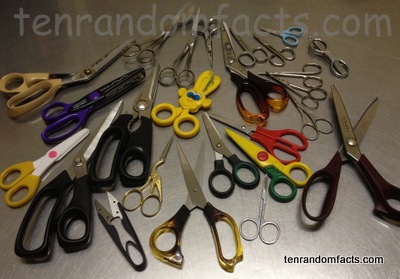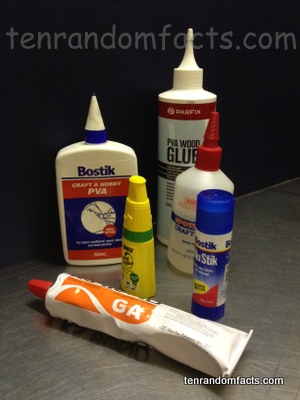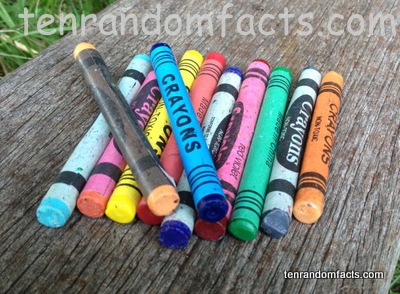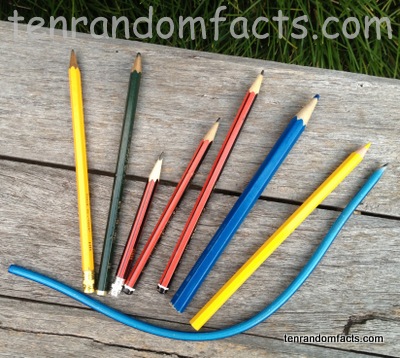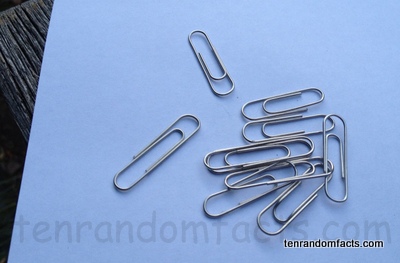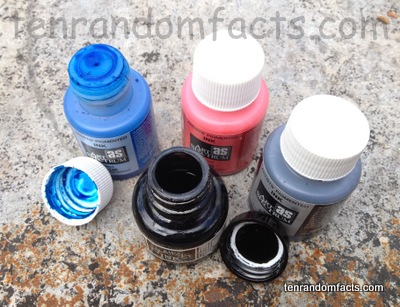
Black, red, blue and other ink.
- Ink is typically a liquid or paste that is used to mark an object, typically paper or other writing or drawing surfaces.
- Ink started being used around 2500 BC, most notably by the Chinese and Egyptians for writing purposes, and they used nearly the same formula.
- Originally, ink was made from ash or soot, a liquid such as water or oil, and animal gelatin.
- Ink is typically applied using a quill, brush or most commonly, a pen, however ink is also used in printing, with especially designed inks used for inkjet printers.
- To prevent blurry edges and so that the ink would adhere to his newly invented printing press, Johannes Gutenberg invented a special oil-based ink in the 1400s.
- Ink is often toxic if swallowed, depending on the material and pigments that the ink is made from, causing headaches, skin irritation and damage to one’s nervous system.
- Inks often use up precious non-renewable oils and heavy metals, which both have a negative impact on the environment.
- Inks come in different consistencies, such as thick or thin, watery or paste like, in powder or solid form, and in different colours, such as black, yellow, green, red or blue.
- Inks are normally made from dyes, pigments or chemicals, and always consist of a colourant and a vehicle or binder which holds or suspends the colourant.
- India Ink was first made in China, although some of the ingredients were usually sourced from India, and usually consisted of lampblack and animal glue and was formed into sticks that were then moistened for use.




